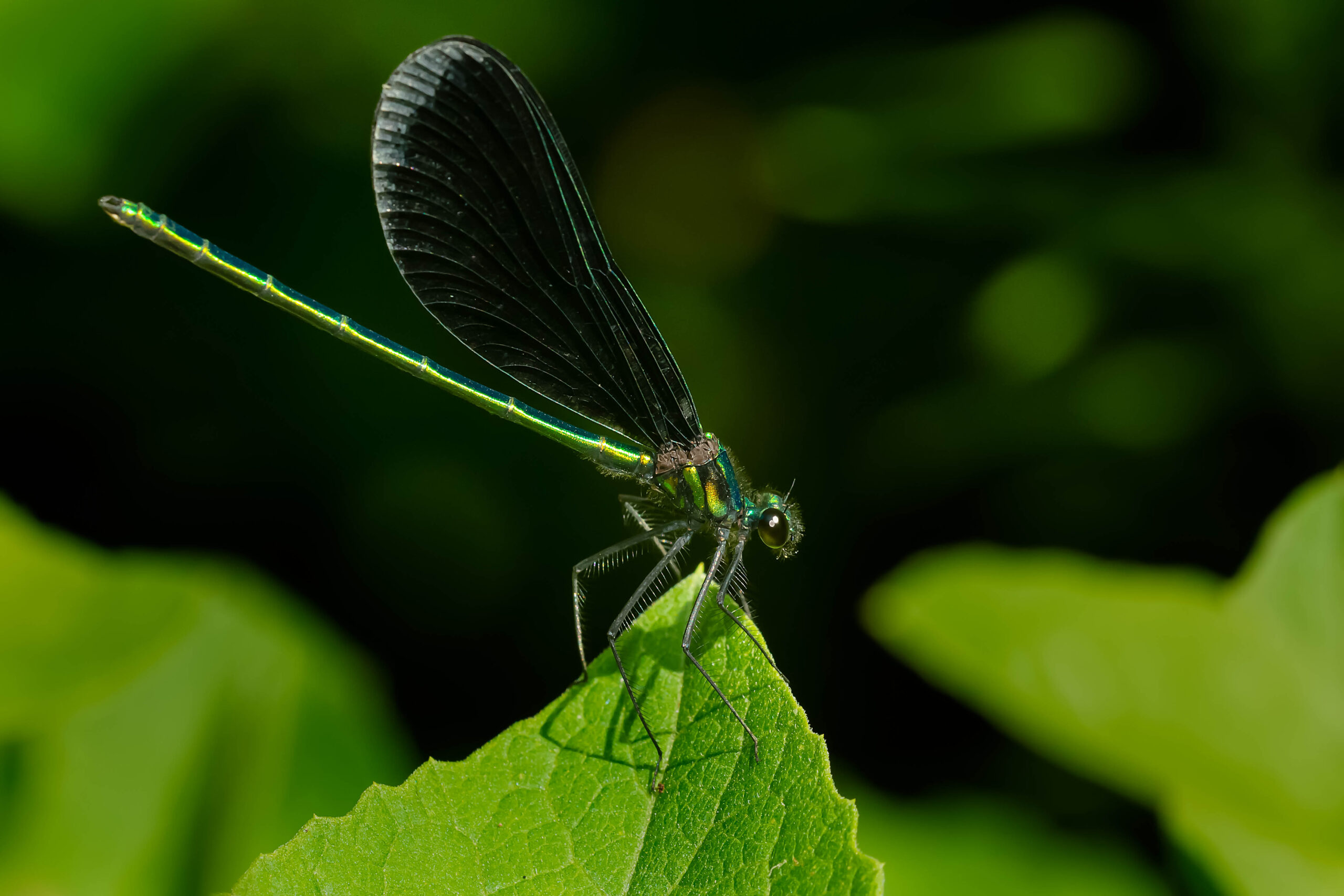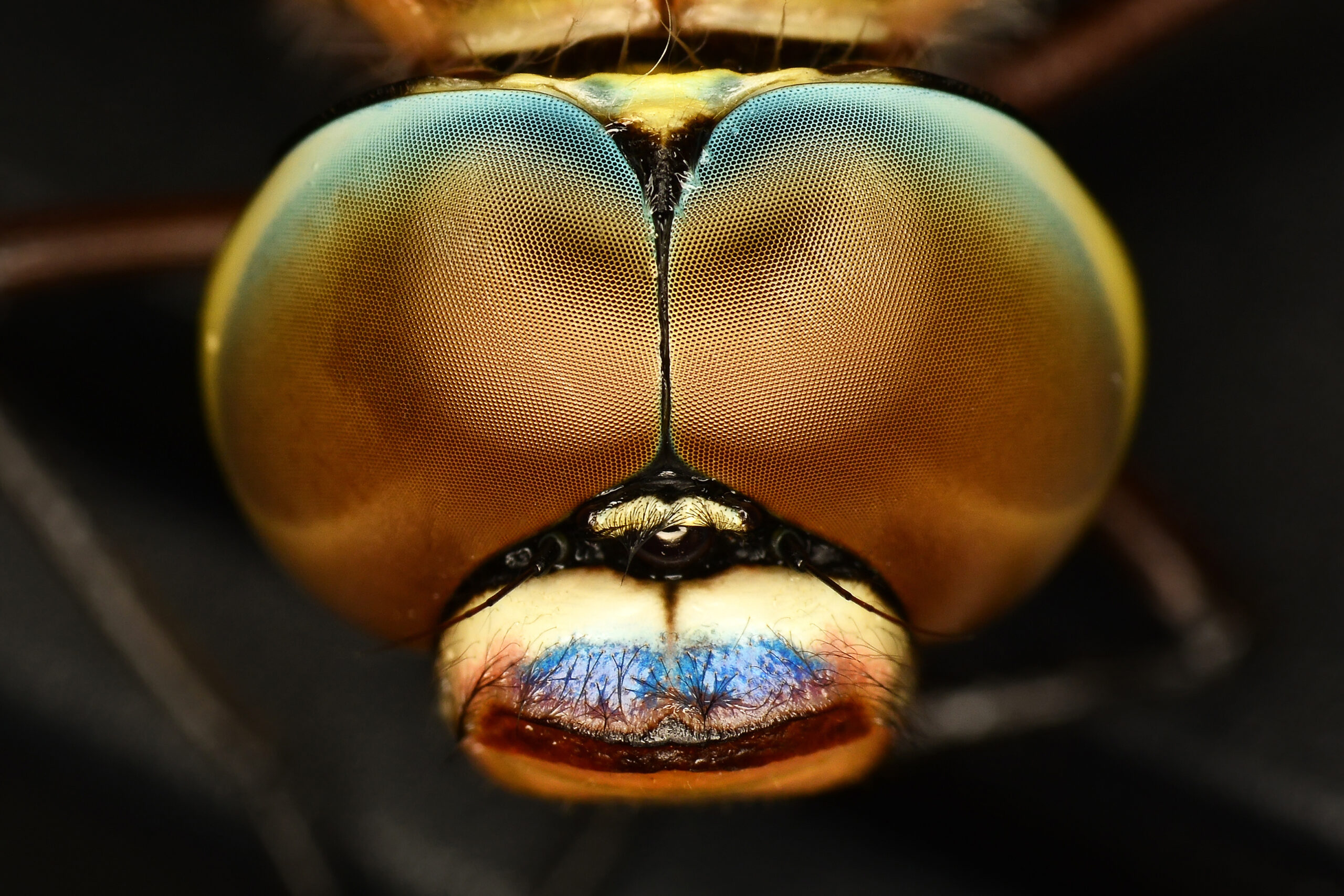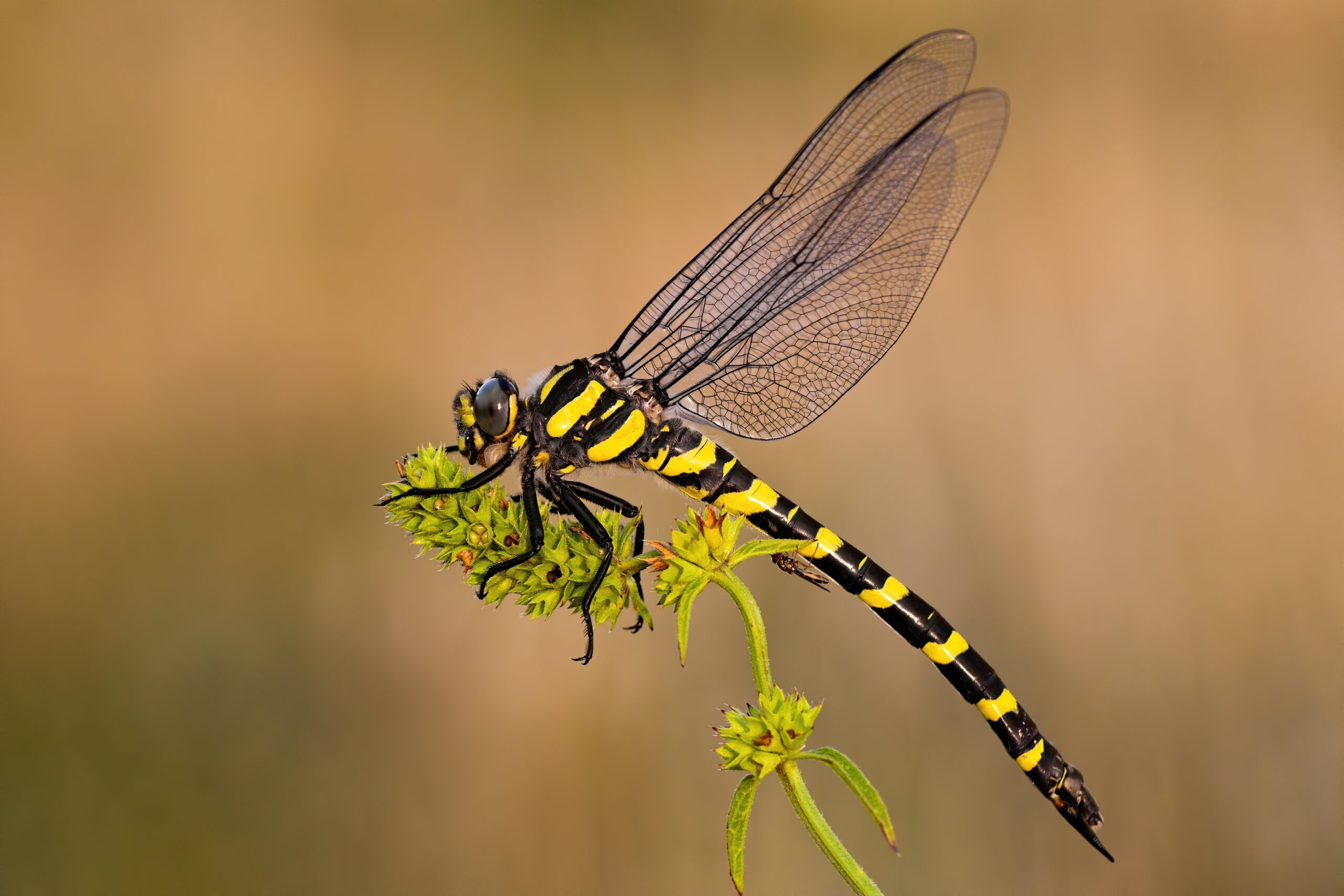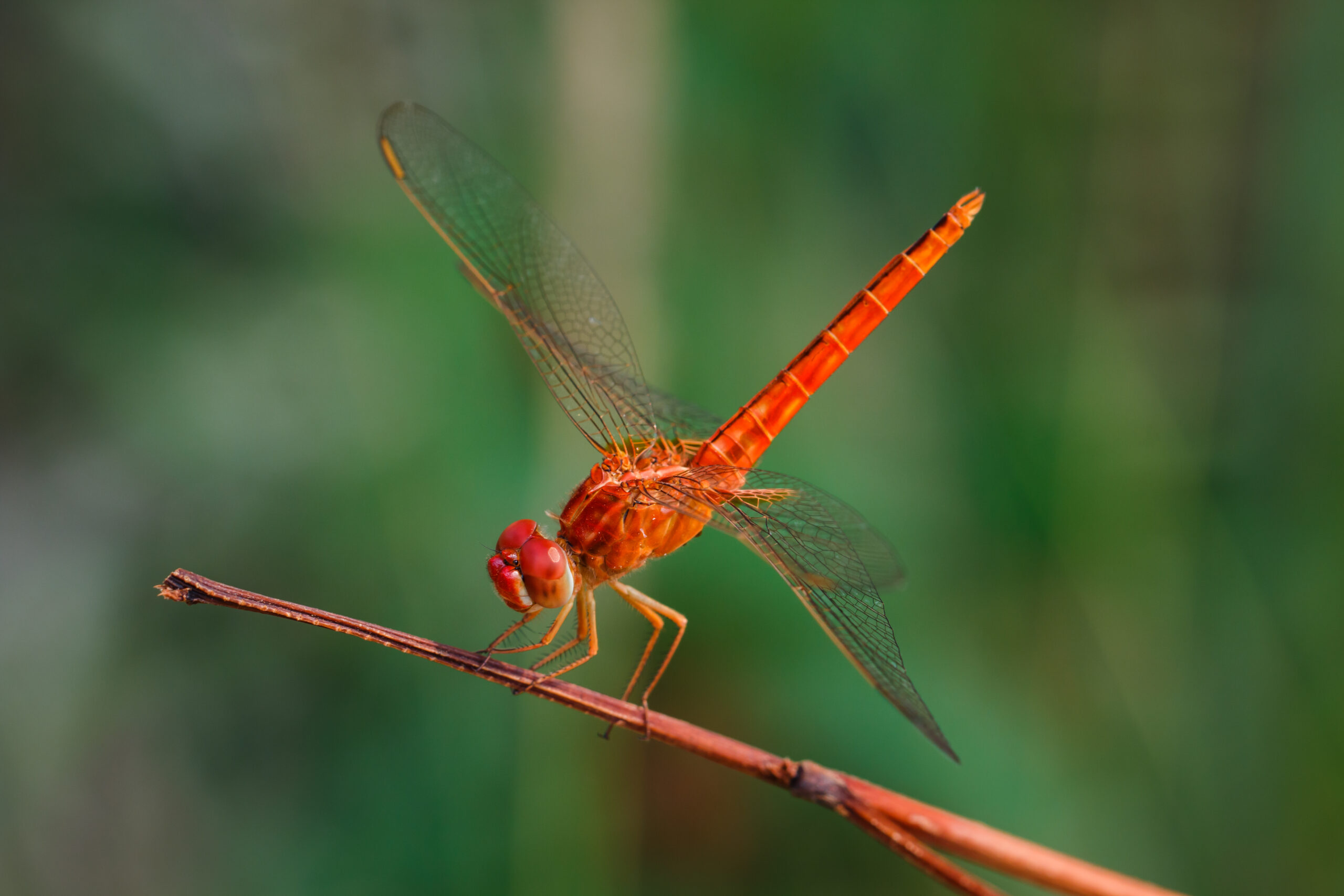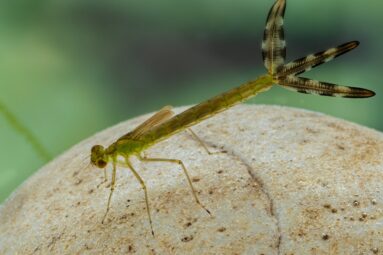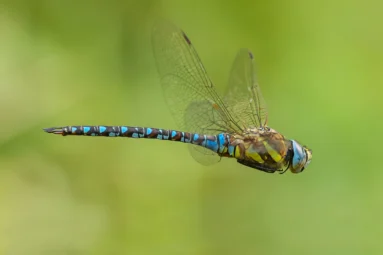ODONATA
CollectionODONATA
Dragonflies and damselflies make up the insect order Odonata. The terrestrial adults are relatively large and charismatic insects. Typically, the bulk of the life cycle is spent as aquatic nymphs. After hatching from the egg, growth and development of the nymphs take place through numerous molts until they leave the water and emerge as adults. Odonates are an important part of aquatic and terrestrial food webs; they prey upon many insect pests such as mosquitoes, both in the air and in the water. Due to various requirements of their nymphs, Odonata depend on the health of aquatic ecosystems and are therefore important bioindicators. Odonata consists of three suborders: Anisoptera, Anisozygoptera and Zygoptera, with about 6,400 described species worldwide.
The FSCA houses one of the largest Odonata collections of curated adults and nymphs in the world, totaling about 1,100,000 specimens (including 130,000 specimens in vials). The collection includes representation of 1,818 species of damselfly and 1,858 species of dragonfly, making it one of the most taxonomically comprehensive collections in the world.
The collection includes specimens from throughout the world with large holdings from North, Central and South America, as well as “Old World” locations. Major components of the collection have come from George and Juanda Bick, Carl Cook, R. Duncan Cuyler, Jerrell Daigle, Thomas Donnelly, Sid Dunkle, Rosser Garrison, James Goodwin, Paul Harwood, William F. Mauffray, John Michalski, B. Elwood Montgomery, James Needham, Dennis Paulson, Clark Shiffer, Fred Sibley, S. C. Smith, Kenneth Tennessen, Minter J. Westfall, Jr. and others. Representative specimens are also from Clarence Kennedy, F. Campos, Philip Calvert, J. E. B. Williamson and others. The International Odonata Research institute [IORI] collection was merged into the FSCA in 2004. The collection has been curated by Bill Mauffray, Resident Research Associate, since 1996.
